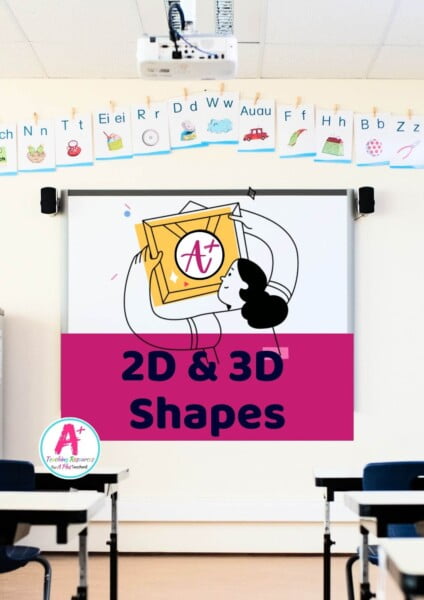2D Shape Activities
2D Shapes
Check out our 2D Shape Activities for teaching your students about the features of two-dimensional shapes. Try shape-matching activities, sorting worksheets, clip cards, jigsaws and more if you want fun and engaging resources for your Maths Centres.
Get ready to immerse your students in the wonderful world of 2D Shapes with our engaging and interactive 2D Shapes Activities! Whether you’re teaching in Australia or anywhere else in the world, our resources are designed to align with the Australian Curriculum and cater to students from Foundation to Year 6.
Teaching 2D Shapes By Year Level
The concept of shape is taught in all year levels from Kindergarten to Year 6.
So what do you teach your students in your particular year level?
To help you keep on track with student understanding, assessment & reporting needs here’s a continuum of learning for teaching 2D Shapes from Kindergarten to Year 6. based on the Australian Curriculum VERSION 9 (This is a guide so check your School’s curriculum to make sure you’re covering the correct content). 2D Shapes content is part of the Space sub-strand.
Let’s dive in and explore the exciting content you can teach at each year level:
Foundation (Prep):
- sort, name and create familiar shapes; recognise and describe familiar shapes within objects in the environment, giving reasons
Elaborations:
- sorting a collection of shapes into groups based on different features such as the number of sides, colour or size, and describing how they have been sorted
- creating a picture using a variety of shapes and a range of materials, including objects to trace around, describing the shapes they have created or used and sharing why they chose each shape in their picture
- creating familiar shapes using groups of people; for example, holding hands and creating a circle
- recognising and naming shapes that are (close to) rectangles, squares, triangles and circles in component parts of everyday items; for example, on bicycles, toy vehicles or kitchen pantry items
- describing and naming shapes within objects that can be observed on Country/Place, recreating and sorting into groups based on their shape
Year 1:
- make, compare and classify familiar shapes; recognise familiar shapes and objects in the environment, identifying the similarities and differences between them
Elaborations:
- classifying a collection of shapes, including different circles, ovals, regular and irregular shapes, triangles and quadrilaterals, saying what is the same about the shapes in a group and what is different between the groups
- selecting a shape from a small collection of shapes inside a bag and describing the shape by feel, so that others can name the shape and give reasons for their choice
- comparing the different objects that can be built out of the same number of blocks or centi-cubes and discussing the differences between them
- exploring string games used in storytelling by First Nations Australians; for example, Karda from the Yandruwandha Peoples of north-east South Australia, recognising, comparing, describing and classifying the shapes made by the string and their relationship to shapes and objects on Country/Place
Year 2:
- recognise, compare and classify shapes, referencing the number of sides and using spatial terms such as “opposite”, “parallel”, “curved” and “straight”
Elaborations:
- sorting a collection of shapes in different ways based on their features such as number of sides, whether all sides are equal, whether pairs of opposite sides are parallel; for example, collections of triangles and other polygons
- manipulating shapes and recognising that different orientations do not change the shape; for example, cutting out pictures of various shapes, recognising they are they are still classified as the same shape even if they are upside down or on their side
- investigating the shapes of different sporting fields, describing and labelling their features including side lines, centre circles and goal squares; for example, labelling the lines on a basketball court and using spatial terms to describe them
- creating regular shapes using digital tools, describing and observing what happens when you manipulate them; for example, dragging or pushing vertices to produce irregular shapes, moving or rotating a shape
Year 3:
- make, compare and classify objects, identifying key features and explaining why these features make them suited to their uses
Elaborations:
- classifying a collection of geometric objects, including cylinders, spheres, prisms and pyramids according to key features such as the shape and number of faces and/or surfaces, edges and vertices
- making and comparing objects built out of cubic blocks and discussing key features; for example, comparing the amount of space objects occupy by counting how many blocks it takes to build different rectangular prisms that have the same height but different bases
- making geometric objects in solid form out of connecting cubes, in skeleton form with straws, and constructing objects using dynamic geometric software, recognising, comparing and discussing the features of the objects using the different representations
- using familiar shapes and objects to build or construct models and compare the suitability of different shapes and objects for aspects of the model; for example, building rectangular towers out of connecting cubes and recognising that the taller the tower, the less stable it becomes unless the base is increased; building bridges out of straws bent into different shapes and comparing the strength of different designs
- identifying, classifying and comparing common objects found on Country/Place as cubes, rectangular prisms, cylinders, cones and spheres
- investigating and explaining how First Nations Australians’ dwellings are oriented in the environment to accommodate climatic conditions
Year 4:
- represent and approximate composite shapes and objects in the environment, using combinations of familiar shapes and objects
Elaborations:
- identifying common shapes that form part of a composite shape by re-creating these shapes using physical or virtual materials
- physically or virtually using cubes to make three-dimensional models that approximate real objects; for example, building a virtual environment by using a computer software program to construct objects out of cubes
- approximating complex shapes and objects in the environment with familiar shapes and objects; for example, drawing cartoon animals by combining familiar shapes
- recognising how familiar shapes and objects are used in logos and other graphics to represent more complex shapes and creating logos using graphic design software
Year 5:
- connect objects to their nets and build objects from their nets using spatial and geometric reasoning
Elaborations:
- designing and constructing exact nets for packaging particular shaped items or collections of interest, taking into consideration how the faces will be joined and how the package will be opened
- visualising folding some possible nets for a range of prisms and pyramids, predicating which will work and which cannot work, and justifying their choices, based on the number, size and position of particular shapes in each diagram
- sketching nets for a range of prisms and pyramids considering the number, shape and placement of the faces, and test by cutting and folding
- investigating objects designed and developed by First Nations Australians, such as those used in fish traps and instructive toys, identifying the shape and relative position of each face to determine the net of the object
Year 6:
- compare the parallel cross-sections of objects and recognise their relationships to right prisms
Elaborations:
- using objects made of foam or polystyrene, slice along different cross-sections, and record the different shapes of faces that result; comparing cross-sections of different objects
- using different pieces of fruit, slicing across different cross-sections, drawing the cross-section; reporting back to the class the results of the investigation
- observing and drawing the shapes resulting from different ways of slicing through familiar objects; for example, slicing carrots at different angles or cutting through playdough models of objects; using playdough models, fruit or similar to establish which objects can be cut in such a way that the cross-section will always be the same shape
- understanding that right prisms are objects where parallel cross-sections perpendicular to the base of the prism are the same shape and size
- connecting different right prisms to the shape of their parallel cross-sections, such as a triangular prism which can be described as a stack of the same-sized triangles, and a cube or square prism, which can be described as a stack of the same-sized squares
- investigating the design of First Nations Australians’ dwellings, exploring the relationship between the cross-sections and the dwellings’ construction
Our 2D Shapes Activities are specifically designed to cover these content areas and make learning about shapes engaging and enjoyable for your students. From interactive games and puzzles to hands-on activities and real-life applications, our resources cater to diverse learning styles and ensure a comprehensive understanding of 2D shapes.
Aligning with the Australian Curriculum allows you to meet the specific learning outcomes and requirements set forth by educational standards. By incorporating our 2D Shapes Activities into your lessons, you’ll provide your students with a solid foundation in shape recognition, properties, and spatial reasoning skills.
So, let’s make shape learning an adventure! Click the images below to access our exciting 2D Shapes Activities and watch your students become shape experts while having a blast. Let’s dive in and shape their mathematical minds!
Click Tags to explore activities or the images below to see our collections.
Explore tags
Click the images for 2D Shapes Games & Activities

Classroom Theme Resources - Fairytales
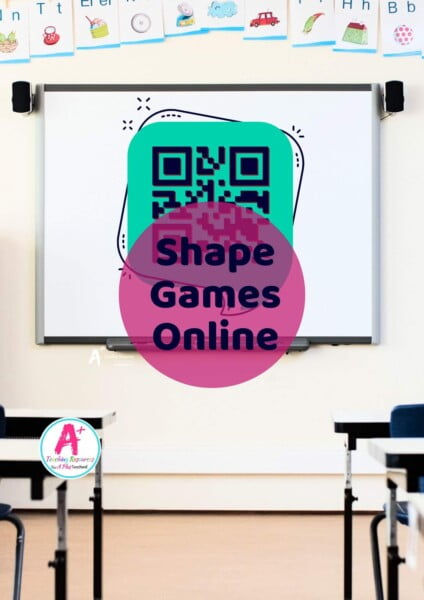
2D & 3D Shapes - Digi Games

Transformation - Flip Slide Turn

2D Shapes - Puzzles
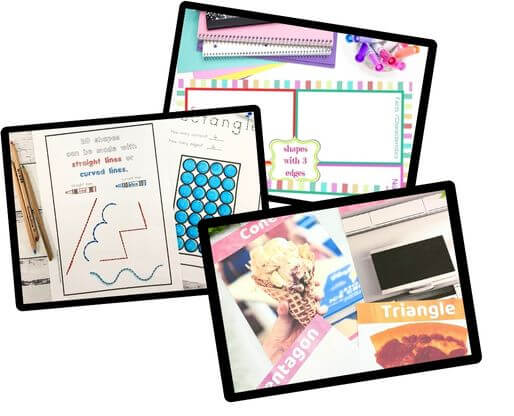
2D Shapes Resources
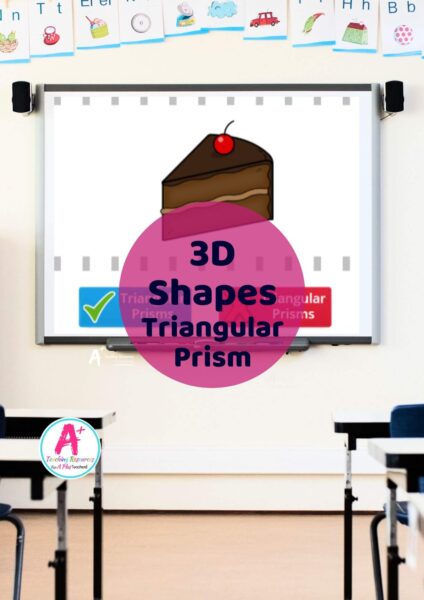
Identifying Triangular Prisms
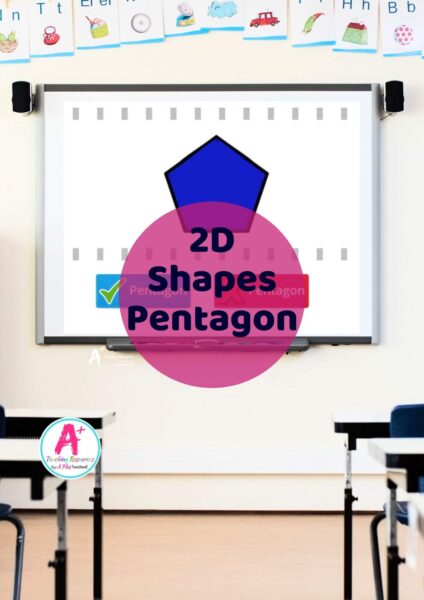
Identifying Pentagons
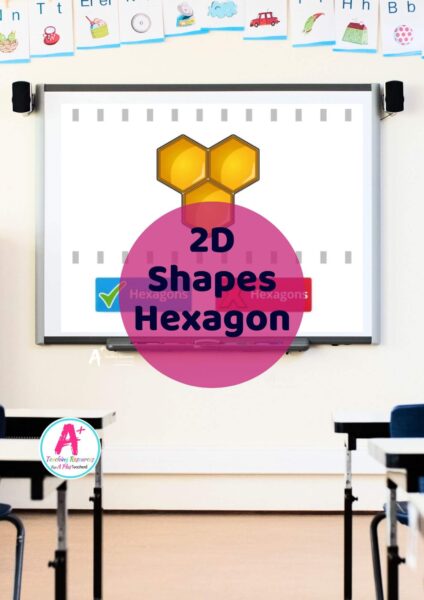
Identifying Hexagons
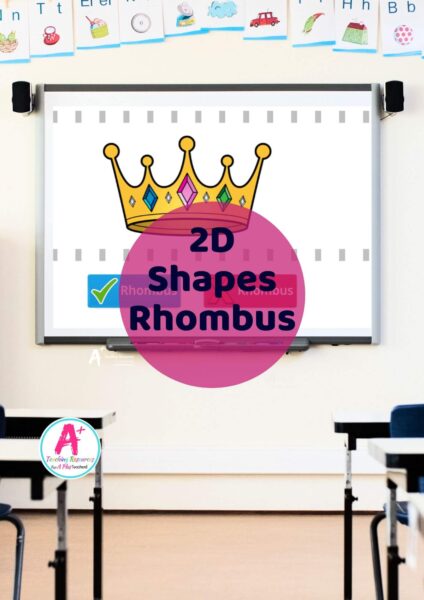
Identifying Rhombuses

Identifying Ovals

Identifying Rectangles
Can't find what you're looking for?
Send us a request! Use this form to request a resource. Please give details of the learning area, topic, year level, curriculum links. We’ll be happy to take a look to see if we can fit it in. Unfortunately a request does not guarantee we will be able to make it!
"*" indicates required fields

